Posted by Pat Bumstead
For a bird lover, these photos are heart rendering. I apologize for the poor quality, but these few pictures are the only ones I managed to get before he flew away, and I haven’t seen him since. He was part of a small flock of house finches, and although I still have that species in my yard, this fellow hasn’t been around again.
While I do have many feeders in the yard, I also provide sunflower chips for the ground-feeding mourning doves, and this is where this unfortunate bird was eating.
I have seen birds with slightly elongated, curved or crossed bills before, but never anything even remotely close to this.
Colleen Handel, a biologist studying bill abnormalities at the United States Geological Survey’s Alaska Biological Science Center, has requested that people report every deformed bill they see anywhere in the United States or Canada.
Over the past decade, Alaskans have witnessed a startling increase of beak deformities among local birds. Large numbers of Black-capped Chickadees and smaller numbers of many other species of birds have appeared with grossly overgrown and crossed beaks.
We began research in 1999, and have since identified more than 2,000 deformed Black-capped Chickadees in south-central Alaska—the highest concentration of such abnormalities ever recorded in a wild bird population anywhere! More recently, rapidly increasing numbers of other species, including Northwestern Crows, Downy Woodpeckers,Steller’s Jays, and Black-billed Magpies have also been reported with beak deformities by biologists and local residents throughout the state.
Although we do not yet know the cause of this widespread problem, we continue to investigate potential agents, including environmental contaminants, nutritional deficiencies, and disease. Nearly all of the species affected are year-round residents, and we suspect that factors responsible for this cluster of deformities may be unique to Alaska and the Pacific Northwest. We are currently pursuing additional studies to determine where these deformities are occurring and why. Reports from the public help us to determine where and how many birds are affected.
As I was looking through these photos, I was trying to imagine how this bird ever got anything to eat. Yet he had clearly lived long enough to attain adult plumage, so must have found a way. Thank heaven the last photo answered that question.
If anyone knows any other place to report such abnormalities, please let me know at birdcanada at gmail.com.



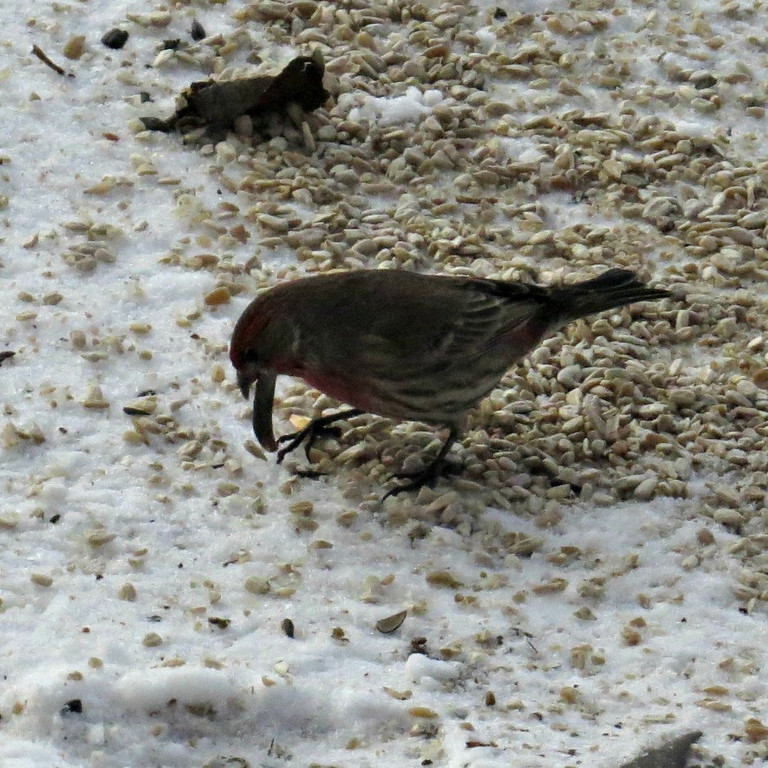
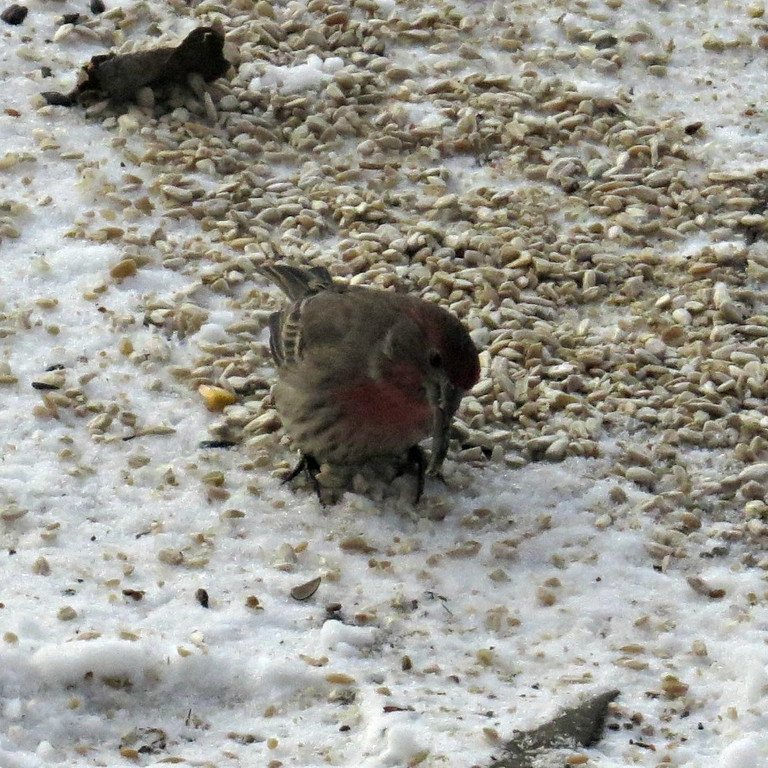
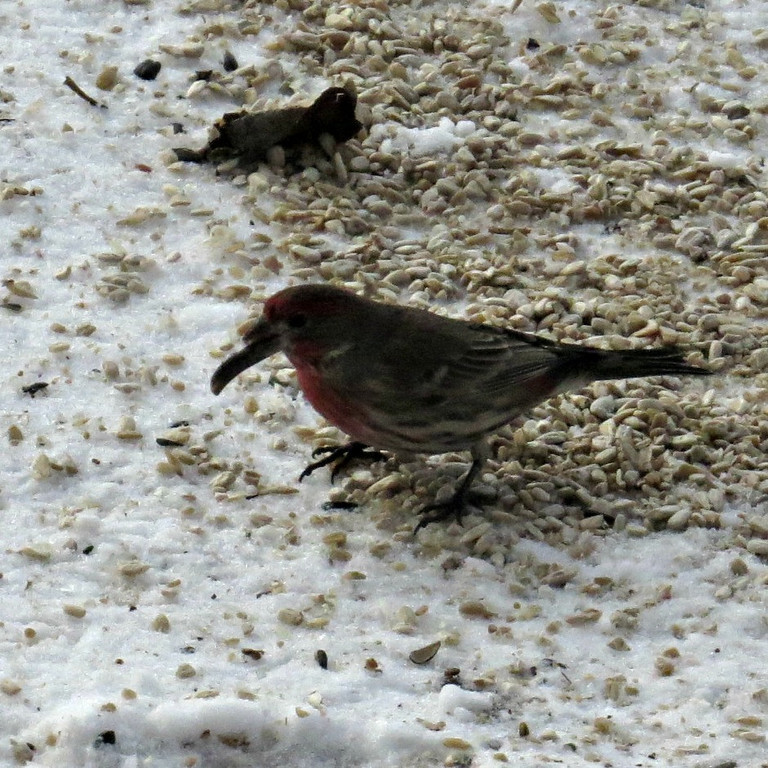

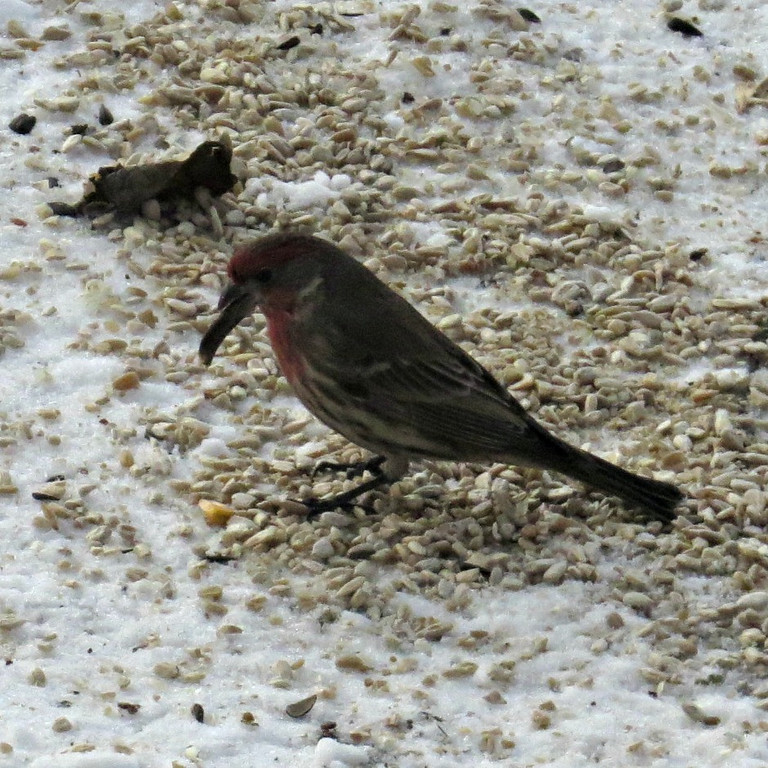
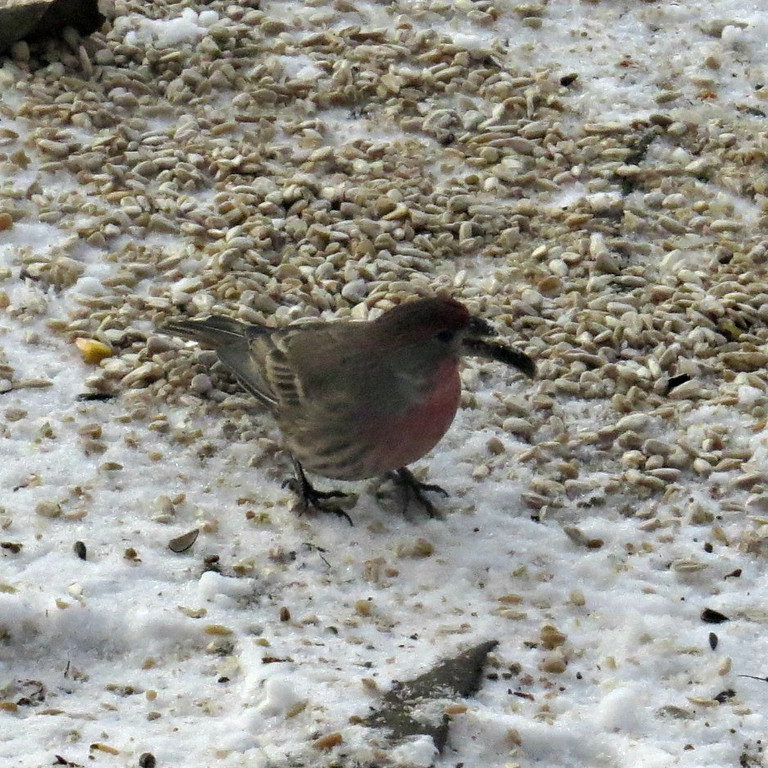
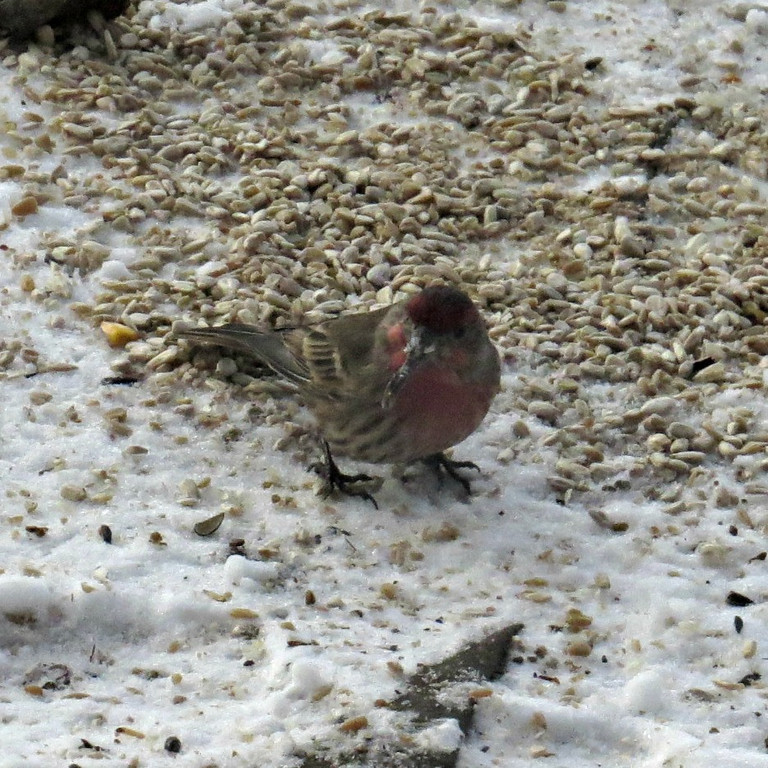
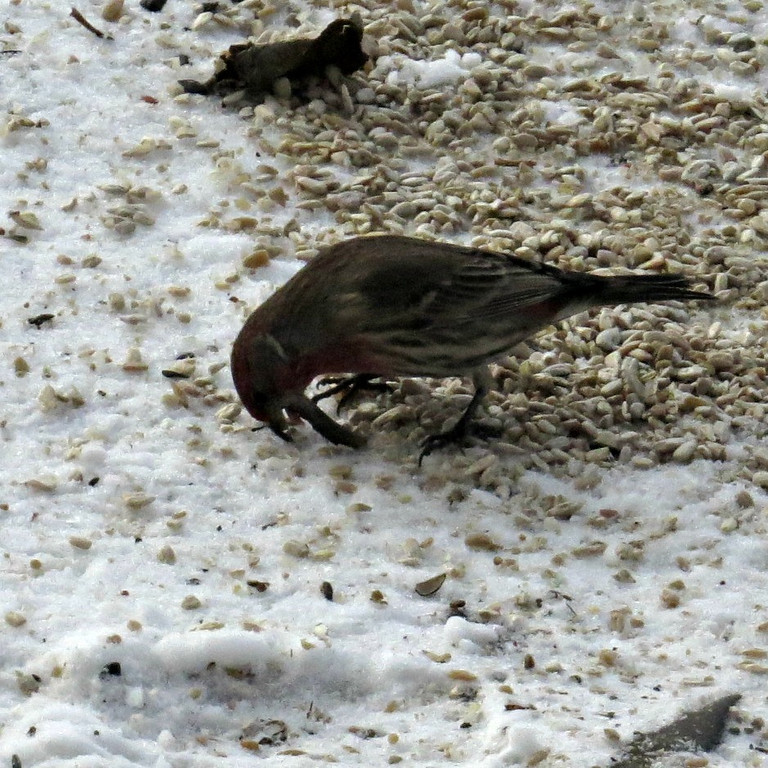
Poor thing!
Wow, that is indeed a deformed bill. It is a miracle it survived to become an adult, in fact. As you say, it seems that this issue is becoming increasingly problematical for a variety of species in North American. On my personal blog, I briefly touched on the issue because I had seen (and photographed) a Glaucous-winged Gull with a deformed bill (but is was much more “typical” bill deformation and less pronounced than your House Finch): http://pcenerelli.wordpress.com/2012/09/16/september-stanley-park-bird-count/
Thanks Mia. I actually looked them up previously and found out they do not accept any reports on house finches. Apparently bill deformities in this species can have something to do with conjunctvitus, which a fairly common disease among feeder birds in the eastern part of the continent.
Poor fellow!
Pat, you can report this bird’s beak deformity to Julie Craves, here is a link that has information on it. http://www.rrbo.org/conservation-science/research/bird-banding/bill-deformities/